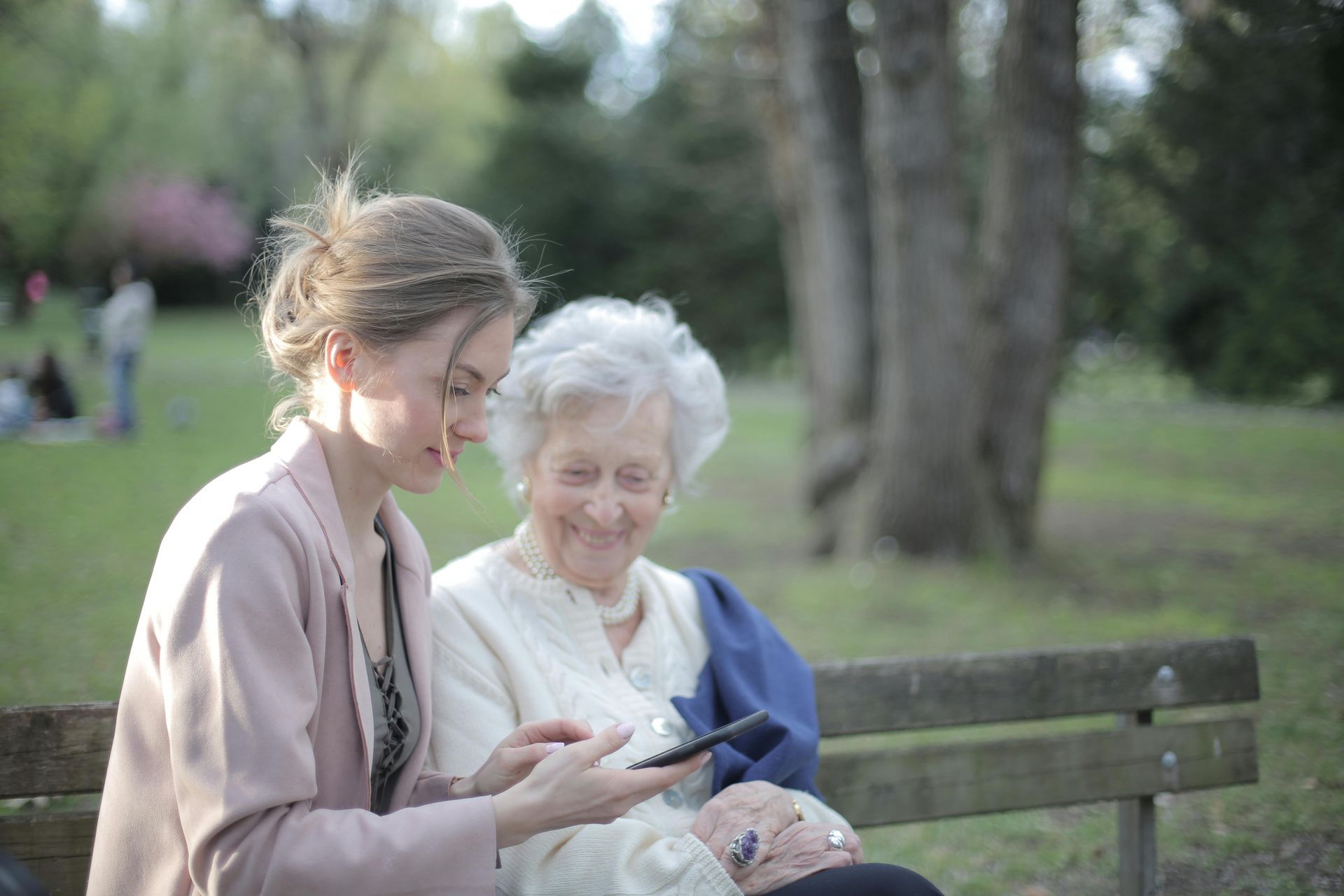Understanding the Differences: A Guide to Independent Living vs. Assisted Living
As life progresses, many seniors face the decision of whether to remain in their long-time homes or transition to a more supportive living environment. The choice between Independent Living and Assisted Living can be daunting, but understanding the differences between these two options can simplify the decision-making process. In this guide, we will explore both living arrangements in detail, helping you determine which one aligns best with your lifestyle and care needs.

What is Independent Living?
Independent Living is designed for seniors who are generally self-sufficient but prefer the convenience and benefits of living in a community. These communities, often referred to as retirement communities or senior apartments, provide residents with their own private living spaces, such as apartments or cottages. The aim is to promote a vibrant, active lifestyle while offering amenities and services that cater to the needs of older adults.
Key Features of Independent Living:
- Autonomy and Independence: Residents in Independent Living communities enjoy the freedom to manage their daily routines. They can cook their own meals, decorate their living spaces, and engage in activities at their own pace.
- Community Engagement: Social interaction is a significant aspect of Independent Living. Many communities host a range of activities, including exercise classes, art workshops, movie nights, and group outings, encouraging residents to connect with their neighbors and form lasting friendships.
- Maintenance-Free Living: One of the most appealing aspects of Independent Living is the maintenance-free lifestyle. Residents can enjoy their independence without the burdens of home upkeep, as staff typically handle chores such as landscaping, housekeeping, and repairs.
- Optional Services: Independent Living communities often offer a variety of optional services to enhance residents' experiences. These may include meal plans, transportation services, fitness programs, and wellness activities tailored to individual preferences.
- Safety and Security: While Independent Living does not provide medical assistance, many communities are designed with safety features such as emergency response systems, secure entrances, and well-lit common areas.

What is Assisted Living?
Assisted Living, on the other hand, is tailored for seniors who require varying levels of support with daily activities. This option is ideal for individuals who may need help with tasks such as bathing, dressing, medication management, or mobility. Assisted Living communities provide a balance of independence and assistance, allowing residents to maintain their dignity while receiving the care they need.
Key Features of Assisted Living
- Personalized Care Plans: Upon admission, residents undergo an assessment to determine their specific needs. This results in a customized care plan that outlines the level of assistance required, ensuring that each resident receives tailored support to enhance their quality of life.
- 24-Hour Support: Assisted Living communities provide around-the-clock care, which means that trained staff are always available to assist residents. This continual support ensures that help is readily available for emergencies or daily needs, providing peace of mind for residents and their families.
- Engaging Activities: Just like Independent Living, Assisted Living communities prioritize social interaction and engagement. Residents can participate in various activities such as exercise classes, game nights, arts and crafts, and outings, promoting physical and mental health while building community connections.
- Dining Services: Assisted Living typically includes meal services, where residents can enjoy nutritious meals prepared by professional chefs. Dining facilities often encourage socialization, as residents come together to share meals and conversation.
- Safety Features: Safety is a paramount concern in Assisted Living facilities. Communities are equipped with features such as emergency call systems, secure entrances, and regular wellness checks, ensuring residents feel safe and supported.
Key Differences Between Independent Living and Assisted Living
While both Independent Living and Assisted Living aim to provide a supportive environment for seniors, the primary difference lies in the level of care provided:
- Level of Independence: Independent Living is ideal for seniors who can manage their daily routines and activities without assistance. In contrast, Assisted Living is designed for those who require help with personal care and daily tasks.
- Types of Services Offered: Independent Living offers optional services that residents can choose based on their preferences, while Assisted Living provides essential care and support as part of the living arrangement.
- Social Environment: Both communities encourage socialization, but the dynamics differ. Independent Living residents often seek a more active lifestyle, while Assisted Living residents may focus on building connections with others who share similar care needs.
- Healthcare Support: While Independent Living focuses on lifestyle enhancement, Assisted Living provides essential healthcare support, including medication management, personal care assistance, and regular health assessments.
Making the Right Choice for You
Choosing between Independent Living and Assisted Living ultimately comes down to your individual needs, lifestyle preferences, and level of independence. Here are some factors to consider when making your decision:
- Assess Your Needs: Take a close look at your daily routines and consider what tasks you find challenging. Do you require assistance with daily activities, or do you feel comfortable managing your own care? This self-assessment will guide you toward the option that best suits your current situation.
- Evaluate Your Lifestyle Preferences: Consider how you want to spend your time. If you enjoy socializing and participating in community activities without needing much assistance, Independent Living may be a better fit. Conversely, if you need help with personal care but still want to maintain some independence, Assisted Living might be the way to go.
- Think About Your Future: It’s essential to consider your long-term needs. If you anticipate needing more support in the future, an Assisted Living community might provide a smoother transition as your care requirements change.
- Visit Communities: One of the best ways to determine the right fit is to visit different communities. Schedule tours of both Independent Living and Assisted Living facilities. Pay attention to the atmosphere, services offered, and resident interactions. This firsthand experience can help you visualize your potential new home.
- Discuss with Family: Involve your family in the conversation. They can offer valuable perspectives and support as you weigh your options. Their insights can also help you make a more informed decision.
Conclusion: Your New Chapter Awaits
Choosing to move into Independent Living or Assisted Living is a significant step, but it can also be an exciting new chapter in your life. Both options provide opportunities for social engagement, supportive communities, and enhancements to your quality of life. Understanding the differences will empower you to make the best choice for your unique needs.
If you or your loved one is considering a move, we invite you to visit our community. Experience firsthand the vibrant lifestyle we offer, meet our friendly staff, and discover the activities and amenities available to residents. Whether you choose Independent Living or Assisted Living, we’re here to support you every step of the way. Your new home awaits!
With stunning views of Pike’s Peak and situated alongside Palmer Park and the Colorado Springs Country Club golf course, The Lodge at Palmer Point is a residential assisted living facility like no other.
The Lodge at Palmer Point is named one of the Top Assisted Living Communities in Colorado Springs by Forbes Health.
OUR LINKS
All Rights Reserved | The Lodge at Palmer Point Assisted Living







